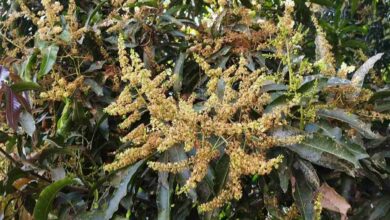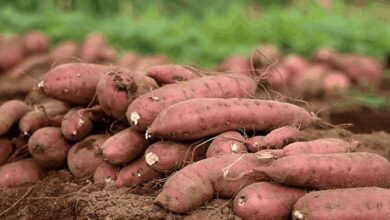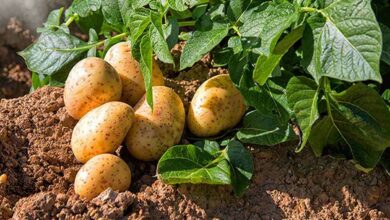Wheat Cultivation: Follow this home remedy to keep rats away from wheat crop
Wheat Cultivation: Rats have the potential to seriously harm standing wheat crops; therefore, controlling them effectively is crucial. Both the quantity and quality of grain are impacted by the damage that rats produce. Rat control with organic approaches offers a sustainable and eco-friendly option. This article goes into great length on using organic methods to keep rats out of standing wheat crops.

Evaluation of the harm that rats have caused
Rats harm the crop by digging under the earth, gnawing plant roots, and nibbling directly on the grain. Their actions have an unfavorable effect on crop development by altering the soil’s structure. Rats may be challenging to manage as their numbers rise since they are more active at night and breed quickly.
Benefits of biological regulation
Environmental friendliness: Organic techniques provide efficient management without causing environmental damage.
Financially efficient: Organic techniques are economical and long-lasting.
Safe for both people and animals: Using them poses no risk of coming into contact with any dangerous substances.
Techniques for biologically managing rats
1. Making use of natural predators
Rats may be naturally preyed upon by owls and snakes. Near the fields, farmers should provide homes for snakes or owls.
Cats: Keeping cats may help manage the rat population.
2. Utilizing fungus and biological bacteria
Bacteria-based control: While biological agents such as Salmonella enteritidis are harmless for humans and other species, they are deadly to rats.
Fungus-based control: Rats are infected by fungi such as Beauveria bassiana and Metarhizium anisopliae, which limit their ability to reproduce and move about.
3. Techniques for managing crops
Cleanliness: Keeping the grounds and the surrounding area clean is crucial. The removal of grass and shrubs might deprive rodents of places to hide.
Crop residue management: To prevent rats from eating the leftover residue in the field after harvest, promptly eliminate it.
Planting time: Take into consideration the rat activity while determining when to plant and harvest the crop.
4. Natural bait
Tulsi and Neem: Neem leaves and basil powder work well to keep rats away.
Use of peppermint: Rats dislike the fragrance of peppermint. To keep rats away, it may be placed on their potential pathways.
5. Organic sticky traps and pheromone traps
Rats are drawn to pheromone-based traps, and their movements may be managed by ensnaring them in organic sticky traps.
6. Devices that use sound waves
Rats may be deterred by ultrasonic devices. This approach doesn’t involve any chemicals, although it’s not entirely organic.
7. Conventional organic techniques
A combination of red chilli and sunflower seeds stops rats from eating.
Jaggery and lime: A combination of jaggery and lime poisons and subdues rats.
Rat control awareness
Educating farmers about organic rat control techniques is crucial. To train them, awareness camps might be set up in communities.





